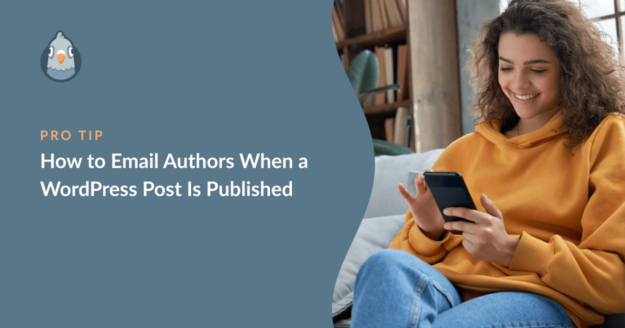Do you want to email authors when a WordPress post is published?
When you have multiple authors on your site and you schedule your posts in advance, it can be difficult for each author to keep track of the publishing status.
There’s an easy solution to this – sending notifications to the post author as soon as their article is published.
In this post, we’ll show you how to email authors when a WordPress post is published.
Why Should You Notify Authors When a Post Is Published?
You should consider sending notifications to authors when their posts are published for these reasons:
- Keep everyone updated: When there are many scheduled posts lined up, it’s impossible to remember when each is going to go live. Notifications help authors stay informed about the status of each post, allowing them to manage the blog calendar effectively.
- Allow authors to correct mistakes: Alerting authors when their post is published gives them a quick opportunity to check if everything is OK with the published post. If there are any errors, they can quickly correct these and undo WordPress mistakes before a lot of visitors have had a chance to read their post.
We’ll first show you how to set up notifications for your authors.
Then, we’ll also explain how you can ensure that no delivery errors occur when WordPress is sending these automated notifications.
How to Email Authors When a WordPress Post Is Published
To send email notifications to your authors when their WordPress posts are published, see our step-by-step guide below.
In This Article
Let’s begin.
1. Set Up Publish Notifications for Authors Using PublishPress
To start with, you’re going to need a WordPress plugin called PublishPress. For help with installation, see this beginner’s guide on installing a WordPress plugin.
PublishPress gives you a lot of flexibility when it comes to setting up email notifications for your authors. You can customize the content of these emails and choose additional recipients other than the post authors as well.
Once you’ve added PublishPress to your site, go to PublishPress » Notifications.
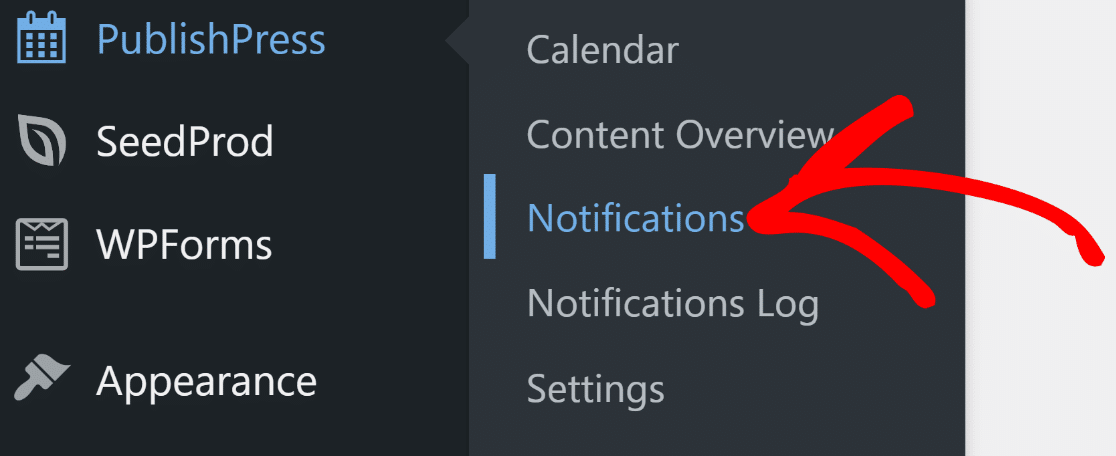
On the notifications page, you should see several notification workflows already created. This is convenient because we can just customize the parts that we’d like to change about this default notification and save ourselves some extra effort.
Since we’re interested in sending emails when a post is published, click on Notify when content is published.

You’ll now see settings that let you control when and who to notify and for which type of content.
Under the When to notify settings, you’ll need to check two things:
- Make sure you have When the content is moved to a new status checkmarked
- Check that the New status option has the Published option selected.
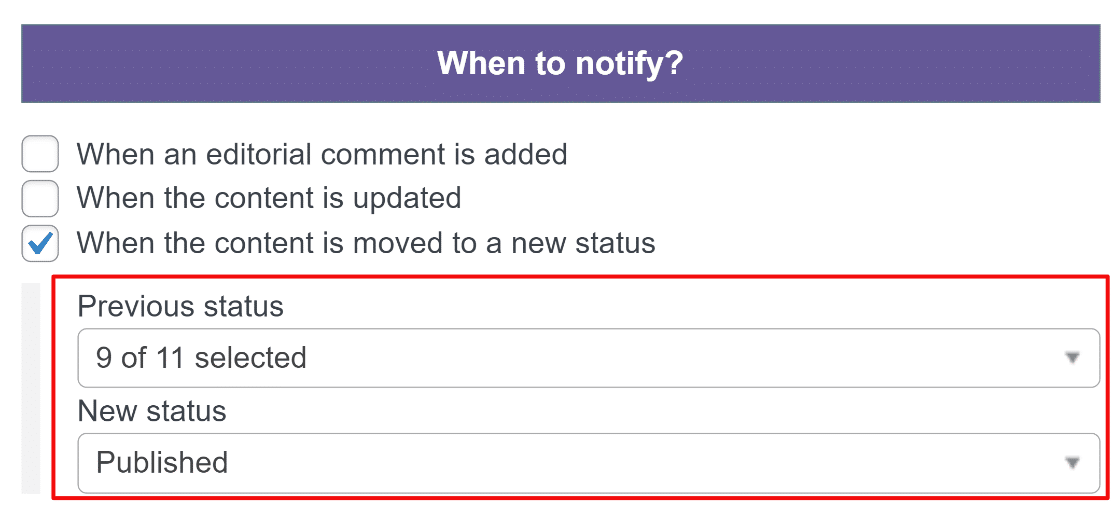
Next, we’ll select the type of content we’d like to send notifications for. Normally, you’d want to select Post as the Post type for this. Use the dropdown to select your desired Post type.
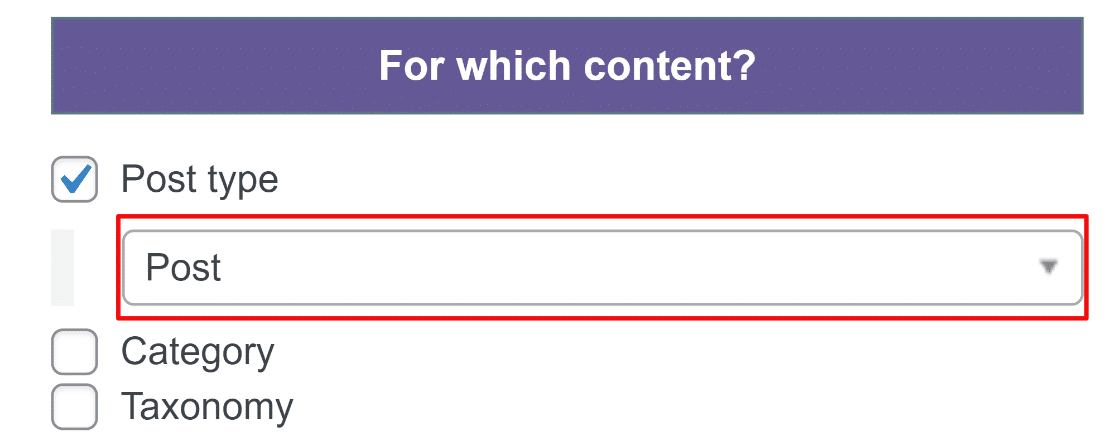
And now for the most important part – choosing which site users should receive the notifications. By default, only the Site Administator is selected to receive these notifications.
To also include authors as recipients for WordPress post notifications, check the box next to Authors of the content.
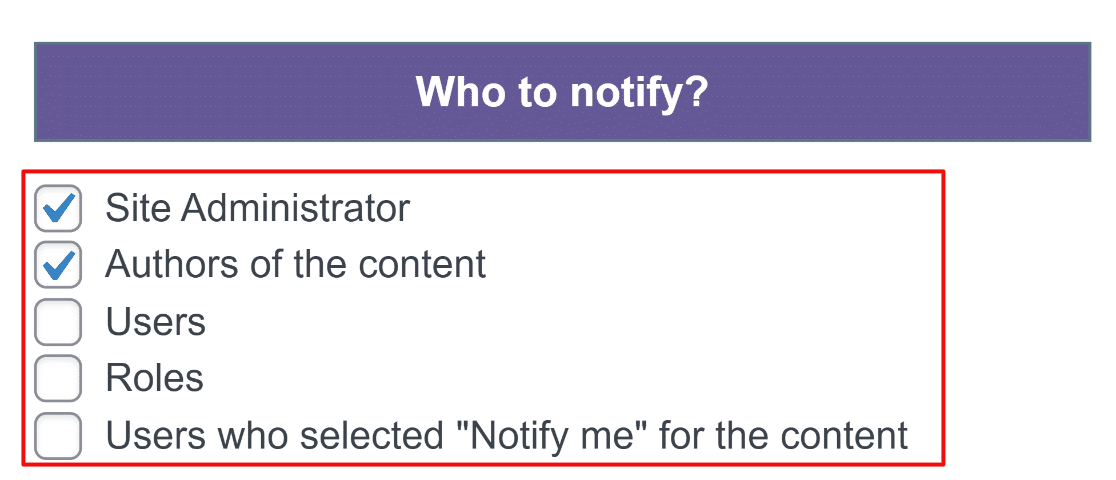
You may also deselect other options if you want to restrict notifications for when a WordPress post is published to only the author of the post.
Next, you can edit the subject line and the body of the notification email. PublishPress has various shortcodes that you can insert to personalize your notification message.
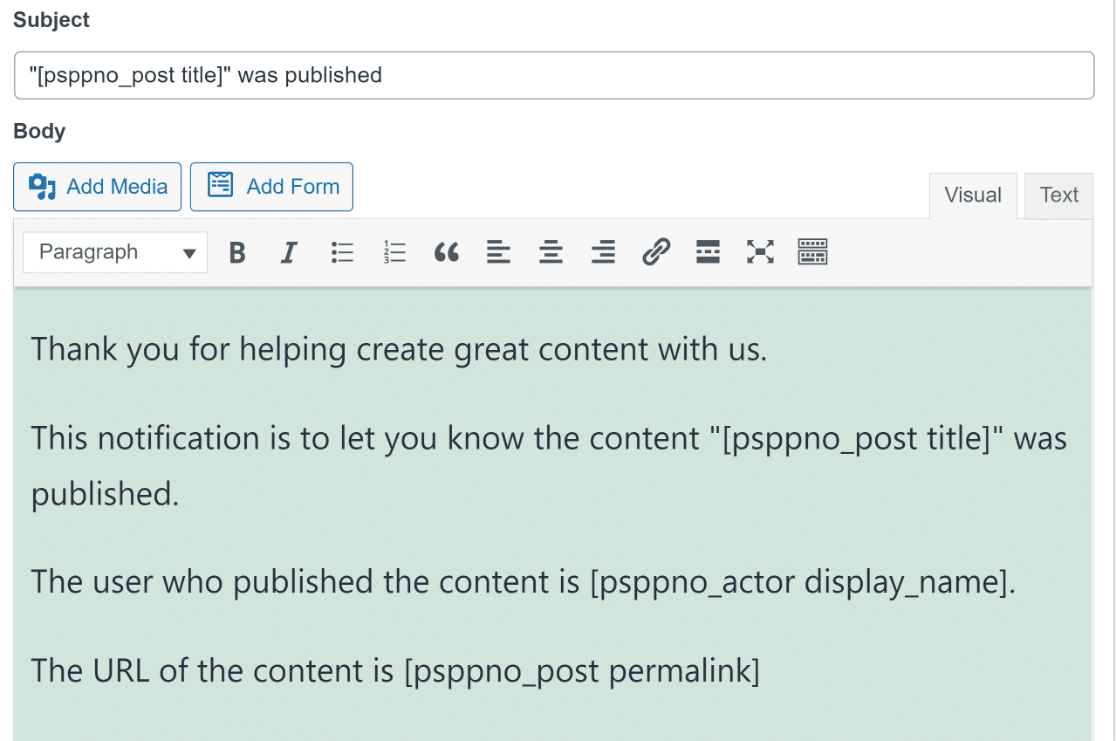
For instance, the [psppno_post title] automatically adds the title of the post that was just published to the notification email for your author.
When you’re satisfied with how everything looks, go ahead and press Update. Your authors will now receive an email every time they publish a WordPress post.
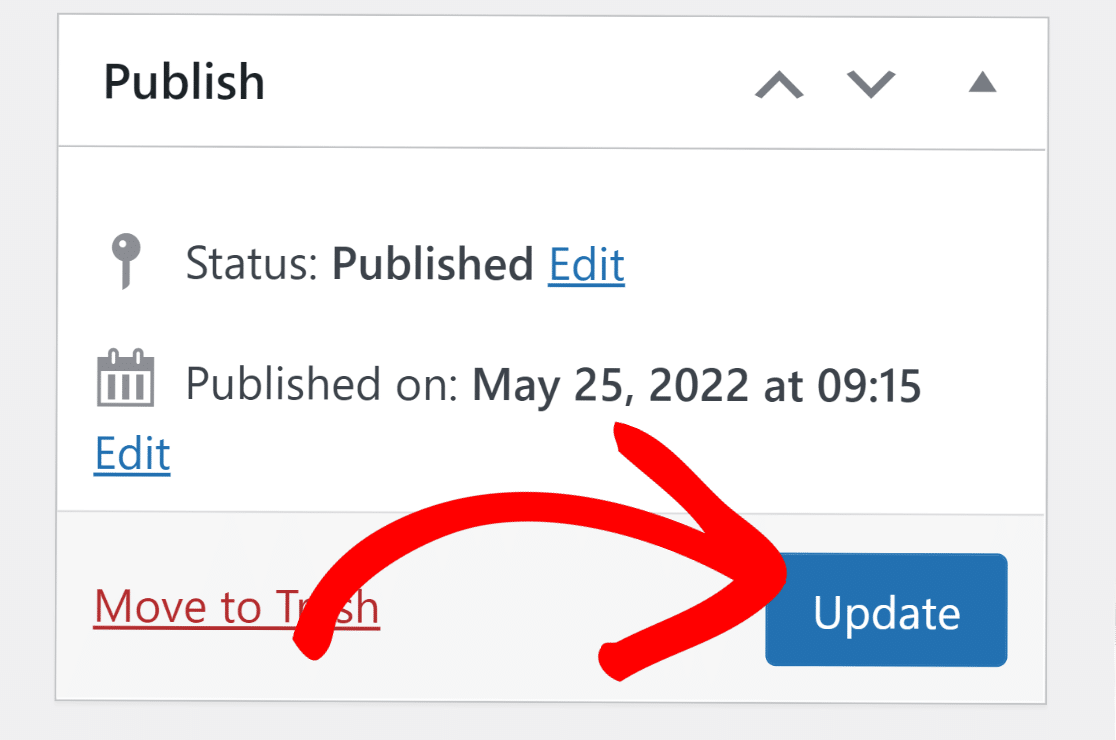
Here’s what the email looks like:
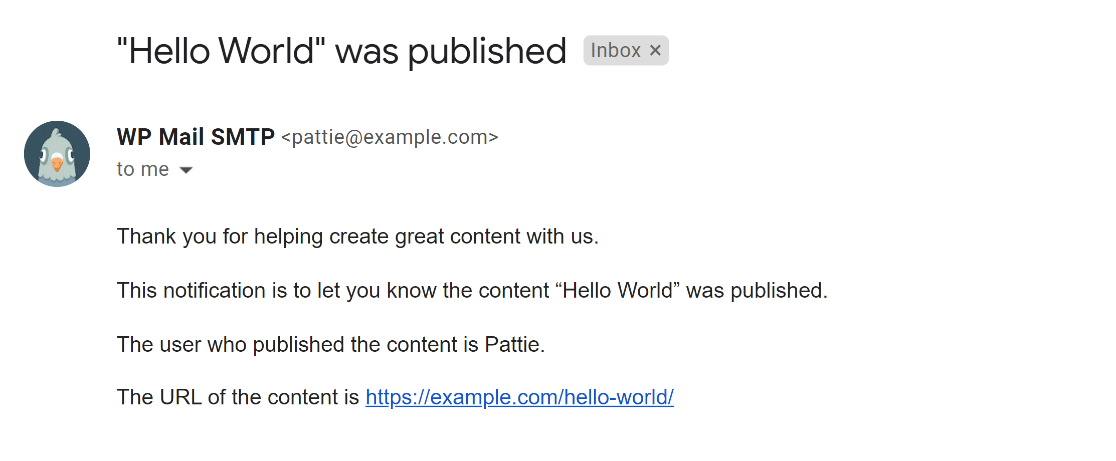
Email notifications are now configured to send automatically to authors when their WordPress posts are published.
But if you want to make sure that these emails always send without fail, we recommend taking the following steps.
2. Enable SMTP for WordPress Notifications
WordPress uses PHP Mail by default to send emails. But emails sent using PHP are often lost and never reach the user’s inbox.
To prevent this from happening, it’s a good idea to switch your WordPress emails to SMTP. This is because SMTP is a fast, secure, and highly reliable method of sending emails with high deliverability rates.
Configuring SMTP for your WordPress site is easy. You just need the WP Mail SMTP plugin. As we mentioned above, you can see this guide for learning how to install a WordPress plugin.
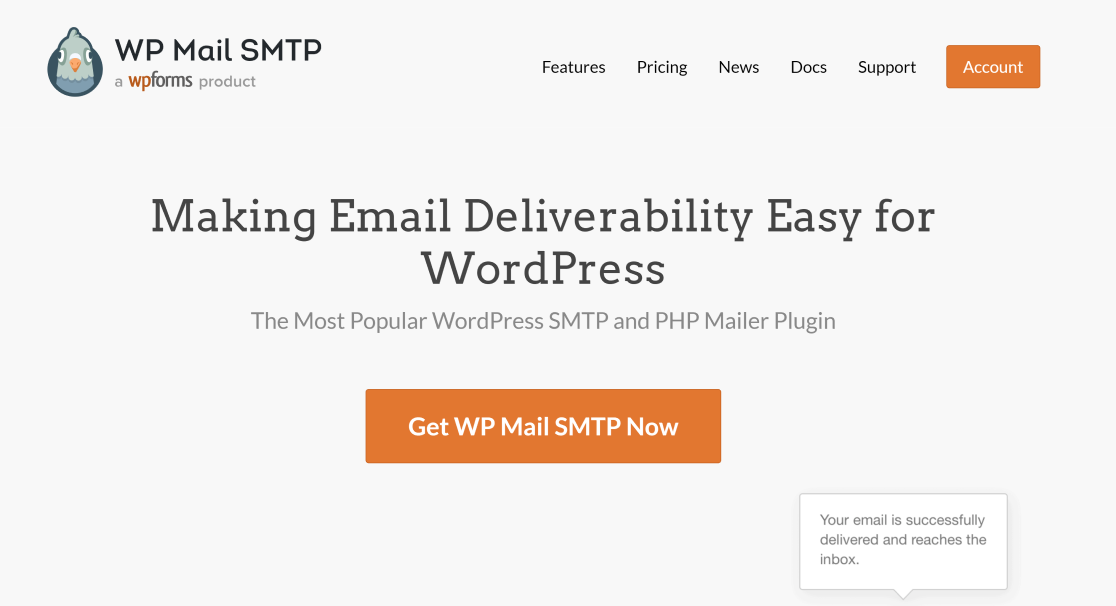
After installing the plugin, you must connect a mailer with WP Mail SMTP to effectively bypass the default PHP Mailer setup for your emails.
The WP Mail SMTP Setup Wizard will help you with that. It launches automatically after plugin activation, but you can also manually launch it by going to WP Mail SMTP » Settings. Then, click on the Launch Setup Wizard button.

Now, select an SMTP mailer service. The best affordable option is SendLayer, and it’s also incredibly easy to set up. However, you’re free to choose from a wide range of mailer options including SMTP.com and Brevo (formerly Sendinblue).
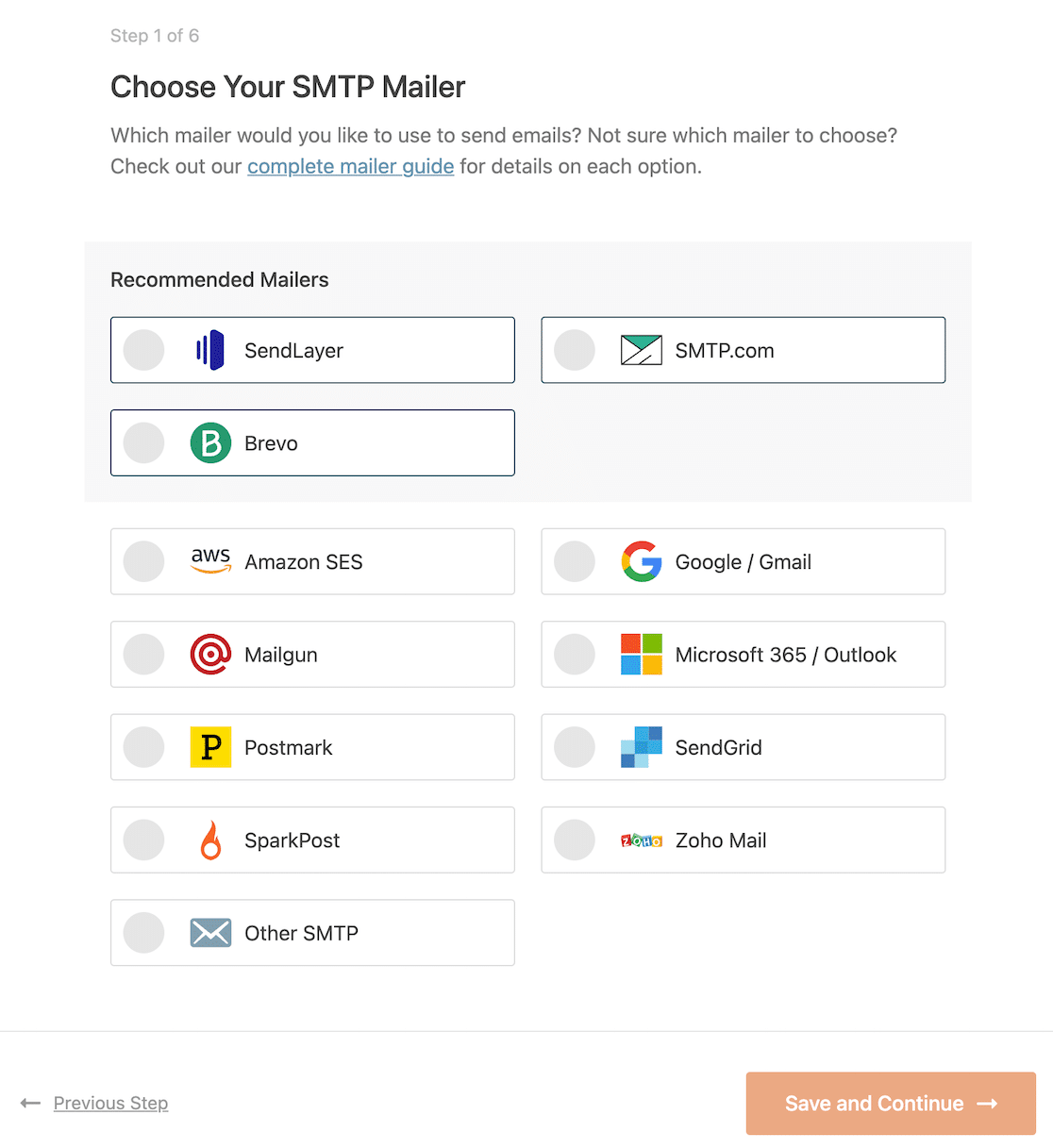
When you’ve decided on which mailer you want to use, see the setup instructions given in the doc guide for your preferred mailer below.
| Mailers available in all versions | Mailers in WP Mail SMTP Pro |
|---|---|
| SendLayer | Amazon SES |
| SMTP.com | Microsoft 365 / Outlook.com |
| Brevo | Zoho Mail |
| Google Workspace / Gmail | |
| Mailgun | |
| Postmark | |
| SendGrid | |
| SparkPost | |
| Other SMTP |
And that’s it! Your emails to authors will now send reliably when a WordPress post is published.
Next, Control Default WordPress Notifications
With WP Mail SMTP Pro, you can choose which default notifications you’d like to receive from WordPress. See our guide on disabling WordPress email notifications for details.
If you’re bothered by spam on your site, check out our post on the best reCAPTCHA alternatives. There are some great tools out there that can help you control WordPress spam.
And here’s how to add a new file type to WordPress when WordPress blocks certain media file types.
Ready to fix your emails? Get started today with the best WordPress SMTP plugin. WP Mail SMTP Elite includes full White Glove Setup and offers a 14-day money-back guarantee.
If this article helped you out, please follow us on Facebook and Twitter for more WordPress tips and tutorials.

